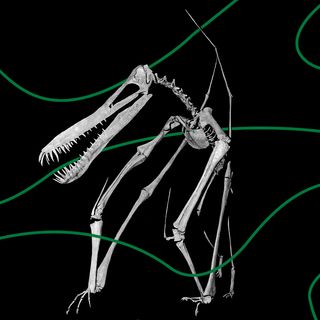In 2020, scientists found more than 500,000 hermit crabs had died after getting stuck in debris such as plastic bottles, which they mistook for empty shells to seek shelter in. But now, microplastics are threatening their survival.
Published in Marine Pollution Bulletin, a new study found that oleamide, a chemical leaked from plastic dumped in the oceans, is leading to “hyperactivity” in hermit crabs. “Respiration rate increases significantly in response to low concentrations of oleamide, and hermit crabs show a behavioral attraction comparable to their response to a feeding stimulant,” Paula Schirrmacher, who co-authored the study, said in a statement.
“If they were scavenging for eating purposes, it wouldn’t only waste energy, but…they could ingest the actual plastic itself, which could be toxic to the animals,” Jack Greenshields, lead author of the study, told Insider.
But why are they attracted to it? “Oleamide also has a striking resemblance to oleic acid, a chemical released by arthropods during decomposition. As scavengers, hermit crabs may misidentify oleamide as a food source, creating a trap,” Schirrmacher explained.
Researchers are worried that plastic pollution in oceans — in addition to rising sea temperatures, which already impairs the sense of smell in marine animals — can further attract them to plastic. “Oleamide may be perceived as a feeding cue by marine species potentially increasing the consumption of microplastics,” the study notes.
Related on The Swaddle:
When Fish Eat Microplastic Pollution, They Become Bold, Reckless, and Die Younger
Research suggests that when marine animals consume microplastic, it blocks their digestive tracts and curbs their appetite — leading to starvation, or even just altered feeding behavior, which not only reduces growth, but also reproductive output.
Moreover, when an animal that has ingested microplastics is preyed upon by other animals, microplastics can travel through the food chain.
When retained in the gut for extended periods of time, microplastics can be damaging to internal tissues, and when they pass through the gut wall, they can damage other organs, too. And as authors of the present study pointed out, consumption of microplastics puts animals at an increased risk of cancer.
Microplastics are so omnipresent in the water bodies — alongside almost everywhere else — that scientists detected plastic debris in sea breeze last year.
Roughly 11 million metric tons of plastic are estimated to make their way into the oceans each year, and the present rate, this could almost triple to 29 million metric tons per year by 2040, according to a 2020 study. And since plastic remains in the oceans forever, the cumulative amount of plastic in the waters in 20 years could ultimately reach 600 million metric tons — equivalent in weight to more than three million blue whales.
The more the microplastics, the greater the risk to hermit crabs, and subsequently, to the marine food webs.




